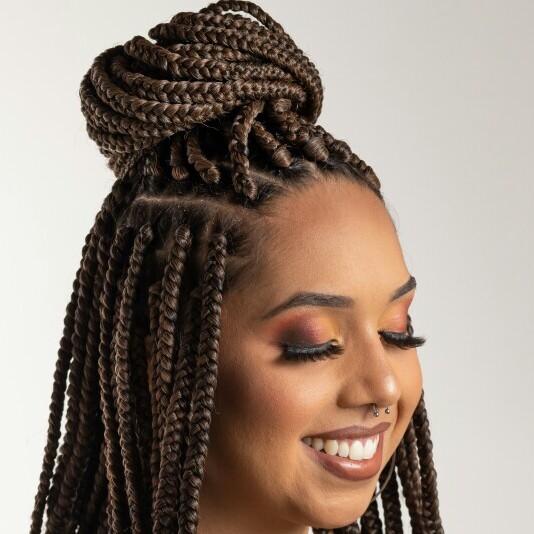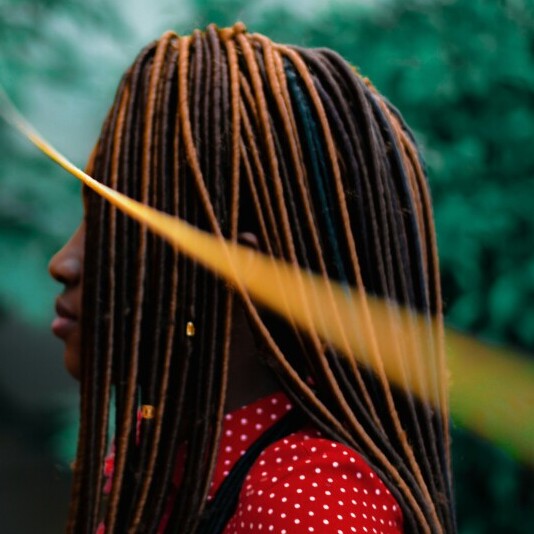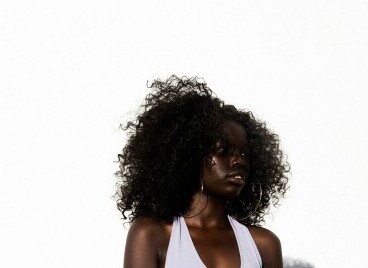High porosity hair usually means your hair is like a sponge—soaking up moisture but losing it just as fast. You might notice tangled hair or frizz more often. This kind of hair often feels dry and rough, and struggles to hold onto color or style.
Ever wondered why your hair drinks up products so fast yet feels dry soon after? Factors like humidity, too much heat, and chemical treatments can increase your hair’s porosity. So if you’ve been swimming in pools a lot, using heat tools, or coloring your hair often, it might be more porous than you think.
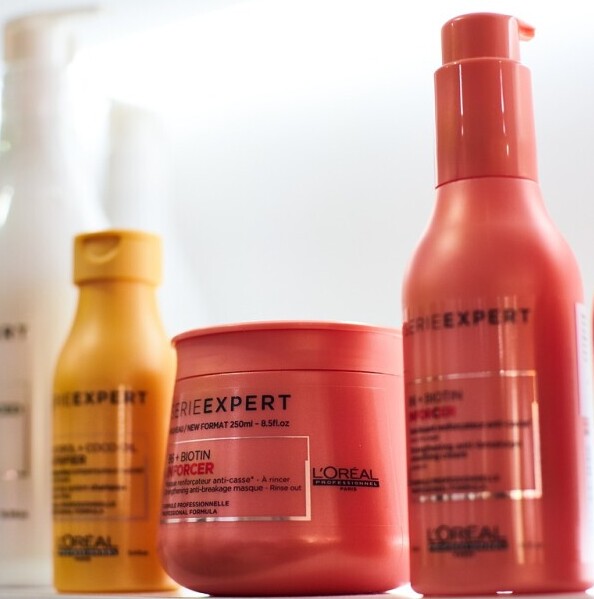
Living with high porosity hair means dealing with constant dryness, quick color fading, and even breakage. It’s like being on a moisture rollercoaster where your hair can go from hydrated to dry in no time.
So how can you tell if you’ve got high porosity hair? A simple water test can help. Drop a hair strand into a glass of water—if it sinks quickly, chances are, your hair has high porosity. Or you might simply notice that while your hair absorbs products fast, it never feels fully moisturized. This was something that I did a long time back to determine my hair porosity.
Essential Hair Care Routine for High Porosity Hair
When you’re dealing with high porosity hair, having a solid hair care routine is like your secret weapon. It’s all about finding the right balance to keep your hair looking its best without overwhelming it. The first step? Choosing a shampoo and conditioner that work for your hair type. Think sulfate-free shampoos that cleanse without stripping away the much-needed moisture.
Deep conditioning isn’t just a treat—it’s a necessity. These conditioners help seal the gaps and holes in the hair shaft, allowing your locks to hold onto moisture much better. A weekly deep conditioning session can transform how your hair feels and looks.
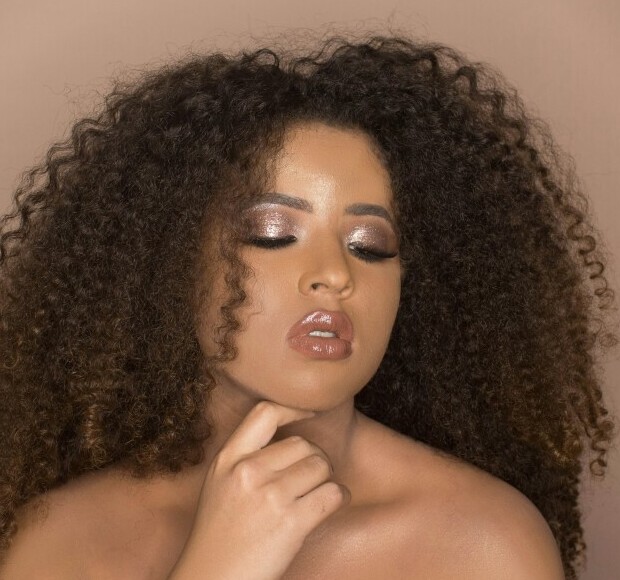
Protein is another hair essential. Since high porosity hair often means your hair has little gaps, protein treatments can help fill those spaces, strengthening your strands. But like anything, too much of a good thing can turn bad. So, listen to your hair and notice when it needs a breather from protein treatments.
Avoid some common traps like using overly heavy products that can weigh your hair down or neglecting a balanced routine by focusing too much on moisture or protein alone. Every now and then, check in on your hair’s health to assess what it needs. By mixing knowledge with a little TLC, your high porosity hair will stay on the right track.
Moisture Retention Techniques for Optimal Hair Health
Keeping high porosity hair hydrated is like keeping a plant watered. Your hair drinks up moisture, but it needs help to hold onto it. This is where moisture retention techniques come in.
Two popular methods to lock in moisture are the LOC (Liquid, Oil, Cream) and LCO (Liquid, Cream, Oil) methods. It’s all about layering products in the right order to seal the moisture in your hair strands.
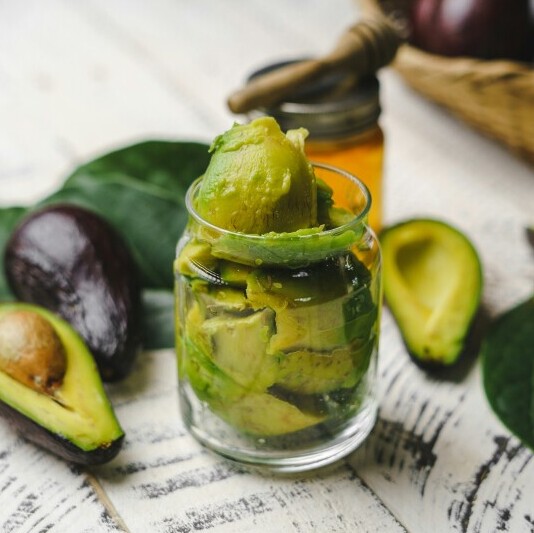
Home remedies can also help your hair stay moisturized. Ingredients like honey, avocado, or aloe vera can give your hair the hydration boost it craves without commercial product overload.
Too much of a good thing can lead to over-moisturizing. Overdoing it with oils and creams might weigh down your hair or make it feel greasy. Balance is key, and knowing when to dial it back can make all the difference.
Heat isn’t always the enemy, but it’s important to partner with a good heat protectant. Using a protectant can prevent further moisture loss and help retain your hair’s health even when styling.
Styling Tips and Tools for High Porosity Hair
Styling high porosity hair so it looks fabulous without further damage can be a balance. Opting for hairstyles that play nice with your hair’s porosity can help minimize stress and damage while looking super chic.
Protective styles like braids, twists, or buns can do wonders by shielding your hair from elements and reducing breakage. Plus, they’re a great way to switch things up without needing heat or excessive product.
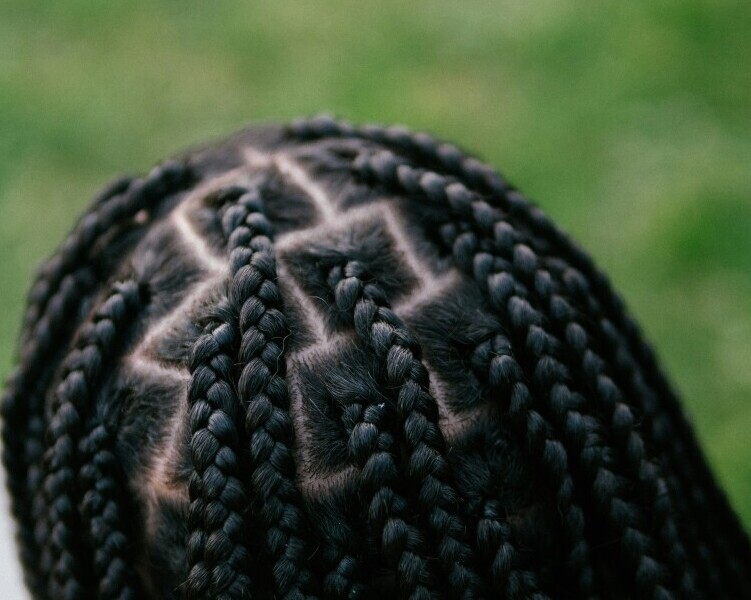
When it comes to tools, picking the right comb or brush is major. Choose options with wide teeth or specialized bristles to detangle without causing breakage.
While heat styling isn’t completely off-limits, approach it with caution. Limiting the use of hot tools and opting for lower temperature settings can prevent excess moisture loss. When in doubt, air drying is the gentler choice.
Avoid styling techniques that pull or tug harshly on your hair. Tight hairstyles can lead to unwanted stress and further damage to porous strands.
Think of styling as part of your hair’s overall care plan. Each style, tool, and product choice can make a big difference in how strong and healthy your hair can become.
Embracing Your Natural Hair Texture and Shedding Self-Doubt
When it comes to high porosity hair, embracing your natural texture can transform how you see yourself in the mirror. Confidence grows when you accept and love your hair for its uniqueness, rather than trying to change it.
Connecting with communities that celebrate varied hair textures can offer valuable resources and support. Online forums, social media groups, or local meetups can be fantastic places to share experiences, tips, and positive vibes.
There are many misconceptions out there about what hair “should” look like. Letting go of societal pressures and those perfect hair myths can be empowering.
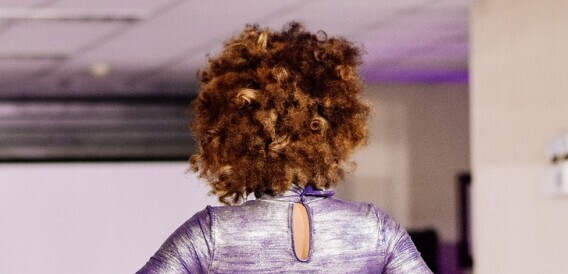
Hearing others’ stories about living with high porosity hair can be inspiring. Everyone’s journey is different, and learning from those who share similar experiences can offer fresh perspectives and advice.
Remember, your hair is just one part of what makes you unique. Embrace it and the confidence it can bring, walking with a little extra bounce in your step knowing you’re owning your natural beauty.

